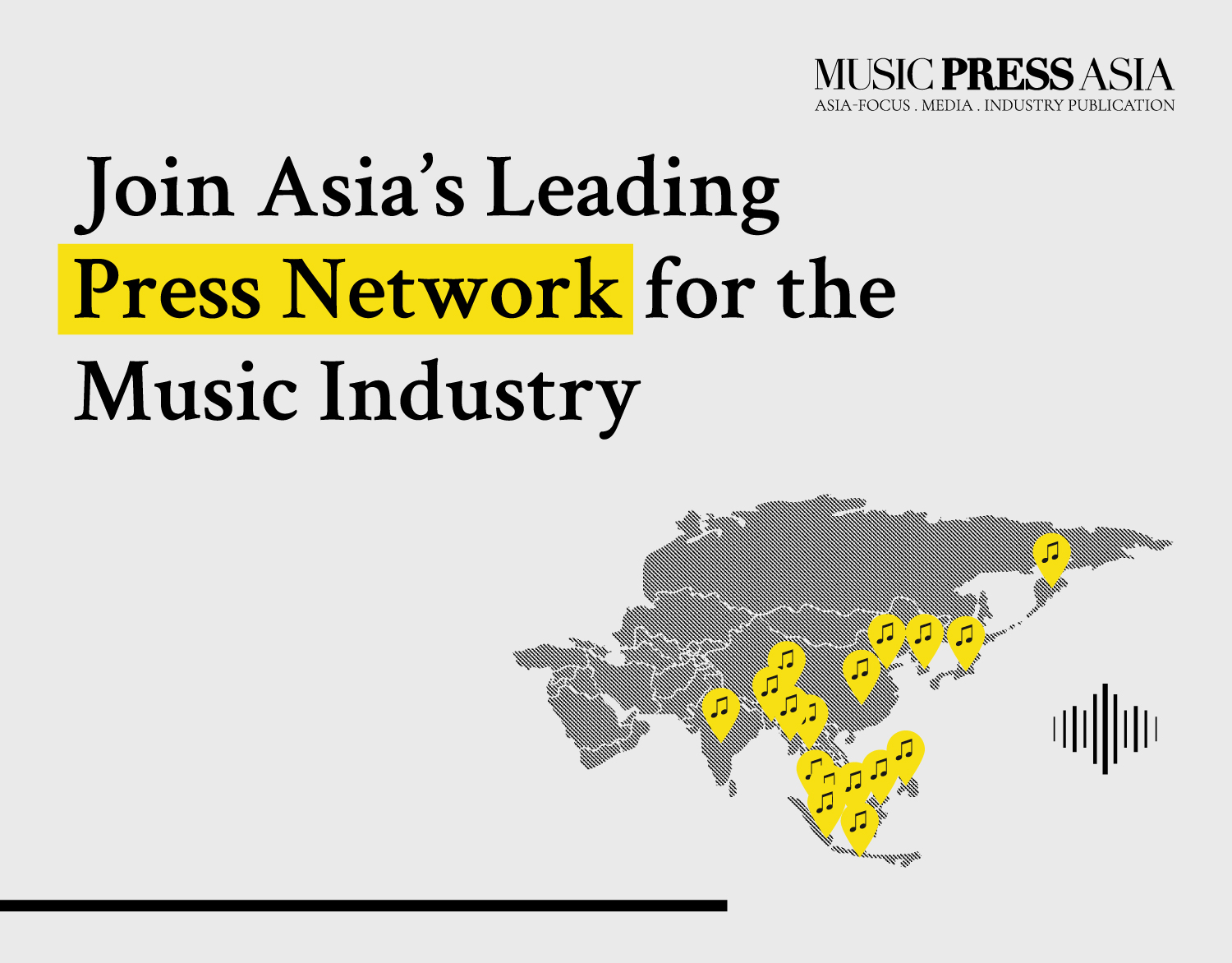Live Nation Acquires 20-year-old Malaysia Live Promoter PR Worldwide, Expands Asia’s Live Scene Along Music Streaming
What is Live Nation strategic plans for 2020? It’s ever-spreading acquisition and partnerships in Asia continues as it tackles DOJ settlement over allegations it violated the terms of a 2010 antitrust deal by pressuring concert venues to work with its subsidiary Ticketmaster.
What is Live Nation strategic plans for 2020? It’s ever-spreading acquisition and partnerships in Asia continues as it tackles DOJ settlement over allegations it violated the terms of a 2010 antitrust deal by pressuring concert venues to work with its subsidiary Ticketmaster.

Music Press Asia News: Live Nation extends British artist Tom Walker's latest tour in Asia, launch ticket sale for Singapore show come March 2020.
PR Worldwide, a live entertainment promoter in Malaysia, now has a new owner. According to news released by Live Nation Entertainment, it has closed the deal with PR Worldwide that will allow ‘controlling interest in the live entertainment division of PR Worldwide’.
This isn’t the first time these two have worked together. Over the last few years, Live Nation has been testing Malaysia’s live scene, partnering with PR Worldwide to tour including Bruno Mars, Lewis Capaldi, Why Don’t We, LANY and Charlie Puth.
“Asia continues to be an extremely important region for growth and opportunity for Live Nation. By joining forces with PR Worldwide we are excited to add yet another market to our Asia Pacific network which enables us to become the leading international concert promoter in Malaysia,” commented Paul Antonio, President, Live Nation Asia & Middle East.

“We are extremely proud to be taking our long-standing relationship with Live Nation to the next level. It gives us a unique opportunity to continue PR Worldwide’s 20-year commitment to the development of the Malaysian live entertainment industry,” — Para Rajagopal, Founder/CEO of PR Worldwide.
Para Rajagopal and his team at PR Worldwide will join the Live Nation post acquisition.
And so, what does Live Nation have up its sleeve before year ending 2019? Live Nation is tapping into what it does best. It’s impressive repertoire of successful live tours and concerts, which began in the United States, are picking up pace, thanks to increasing and positive data from music streaming. According to Statista, China recorded over US$841 in music streaming revenue in 2019 alone – one of the top five countries in the world right after the United States (US$4,357 million); and Japan following closely behind at US$663.
Do you have an insider tip from the music industry for us? If yes, please write to us, editorial@musicpressasia.com.
Earlier in the month, it has also announced a partnership with Hong Kong based marketing agency EX-R Consulting to launch Live Nation Connects – a new creative and brand marketing agency that will help increase live audiences and create a more robust insights into the behaviour of its live audiences in Asia, focusing on China, Japan, Korea, Singapore and Taiwan.
Five days earlier, Live Nation announced it acquisition in a majority stake in DG Medios, Chile’s top independent concert promoter, a Santiago-based company that sold over 330,000 tickets in 2018 alone. Goes to show that it has vested interest in the key Latin American markets, of which include some of the most legendary tours such as U2, Rolling Stones, Paul McCartney and Justin Bieber.
Dubbed the McDonald’s of live music, the company acquisitions sit strategically alongside other revenue pillars; collaborations with festivals and local live promoters continue to secure its standing in 2019 as the world’s busiest live promoter in live history.

Would Live Nation continue it’s shopping spree? We doubt it will stop anytime soon. It’s Asia team partnered with another Malaysian promoter StarPlanet just over a month ago in November as part of Karen Mok’s world tour ‘The Ultimate Karen Mok Show’ just goes to show it is strategically planning a modest, back door approach, securing attempts that may, perhaps, seem risky for local and regional live music promoters.
What does it all mean for artists? Live Nation’s monopoly of live music worldwide can only open more doors for performing artists. With its expansion, it is no longer targeting premium artists, but also alternative creators to explore their live acts. While having one live company may dominate the value of ticket prices in the long-term, the bubble has yet to increase in size in the short term. 2020 may just be another year of more acquisition and creating market dominance for the world’s already largest live music company.

Big data is just beginning to show signs of approval for the live music industry, as what it has done for streaming over a decade ago. Perhaps another urgent question that we ought to ask, following the increase of demand for music digitally and live, would be ‘with an increasing user access to digital and live music, will appreciation of music and its creativity decrease in value?’ It’s difficult to say since music streaming is now dominated largely by youth between 25-34 years old (38% of 531.8 million users).
While music streaming continues to increase in numbers, its ripple effects have spilled onto the live arena in large cities all across Asia and the world. And confidence in live music has never been more encouraging since the emergence of music streaming, as smaller promoters gain confidence when scouring popular demands, which will eventually led to promising ticket sales and profits.
Do you have any feedback or enquiry about the article above? If yes, please send your queries to news@musicpressasia.com













